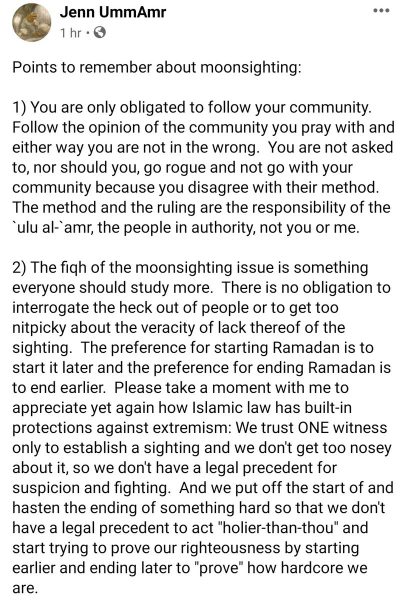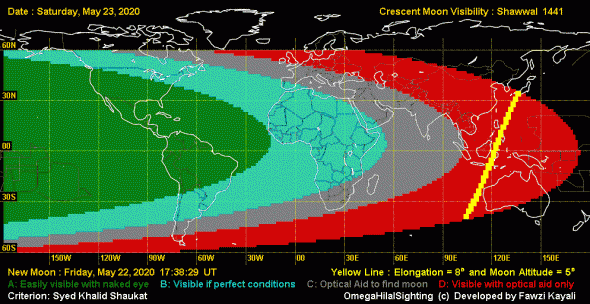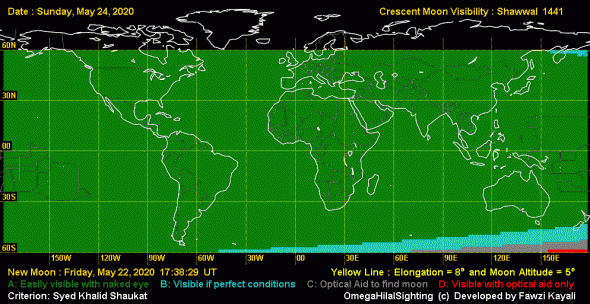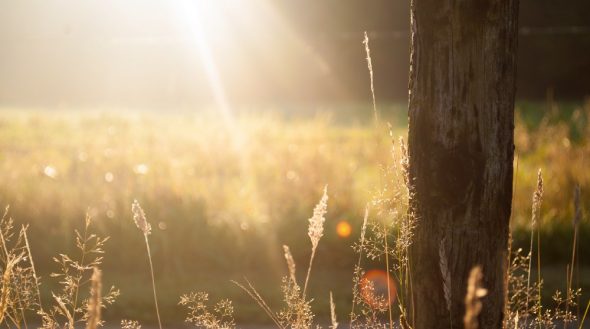Guest Blog Post by Shehna Javeed M. Ed. ( @shehnaTO )
It has been a spiritual Ramadan.
It is now the last week of Ramadan.
And I am feeling spiritually stronger.
I have read many articles about the sadness that this Ramadan will bring due to lack of community gatherings, mosque prayers, live inspiring lectures, hugging our fellow faith followers, sharing of food, communal iftaars (breaking fast) and cupcake bake sales at mosque .
Yes, like everyone, with an aging mother, I am worried and anxious about the pandemic that has the jugular vein of humanity in its grip.
But while many are lamenting the social isolation, I have to admit that I am enjoying my hibernation in Ramadan.
It has given me time to reflect, meditate, and enjoy an opportune closeness with my family — a time that seems to have been lost in our hustle and bustle of daily living.
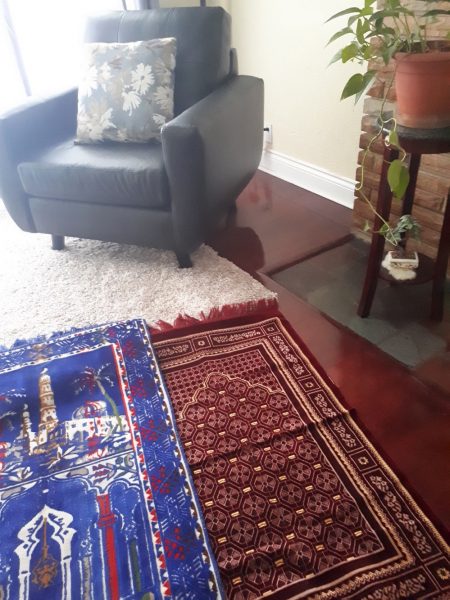
Prayer mats to pray together as a family
In my family, when I was growing up, as the pre-teen of new immigrants parents to Canada, Ramadan was not as big a deal for us, as it was for many other muslim teenagers and families around me.
In our new immigrant family, things seem to carry on as usual because parents were working three jobs between the two of them and trying to settle into Canadian living.
Not a lot of samosas and other deep fried savoury treats were part of our iftaars, and not much changed in our normal routine.
At times, family was not at the iftaar table with work commitments and so I was getting my own snack.
This does not mean that my family did not value the spirituality of Ramadan — we did.
But we were not a family that made a big deal about…anything.
I started fasting in the heat of May- June summers in high school as a teenager- and yes it was warm in May back then.
In my group of 5 close friends we were a diverse bunch — there were two of us who were South Asian and Muslim while my other buddies included a West Indian friend who was a mix of East Indian and Chinese, a Korean friend and a a friend of Vietnamese background.
The two of us fasted but we all sat in the cafeteria together with the aroma of french fries and vinegar, or as it was cool to do in summer months, we all sat outside in the football field of the school, with many of our schoolmates around us in small clusters like we were huddling and speaking secrets to each other.
Some students would removing the upper layers of clothing to tan in the sun’s heat in tank tops and shorts or just to look a little more sexy for the opposite sex, as we all basked in the sun in the 45 minutes lunch break.
I wanted to show that the heat did not affect me, but it did — it dehydrated me so when I got home after school, I would have a headache but I persisted because I wanted to fast and I also wanted to be cool by sitting in the sun at lunch time, like all my peers.
Some days, when I had exams I chose not to fast, and there was complete freedom for me from my parents to practice my faith to the best of my abilities.
After all, faith has to come from the heart, and not by compulsion of any sort.
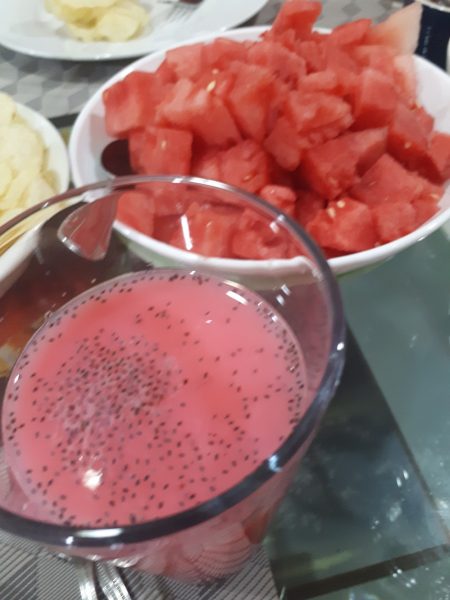
Sweet and aromatic drink made out of syrup , water & milk with basil seeds, watermelon in plate
The fact that Ramadan was not a big deal at home bothered me.
So, I knew I would do things differently when I had my own family.
And indeed we did.
With my partner and our two boys, we ensured that we created our own traditions.
Often one ends up mimicking the traditions of our parents or culture.
I had a clean slate to start from so we did what worked for us.
Boys liked cheese rotis — warming a pre-packaged roti on a frying pan with a speck of butter, and then generously drizzling cheese on it when it is warm, and adding another roti on top and then very skillfully flipping the two when the rotis are semi-stuck with melted cheese — a cheese quesadilla of rotis for suhoor, the morning meal before fasting.
This cheese roti with some baked chicken, or mince meat curry, or perhaps a vegetable omelette as an alternative were our common breakfast items.
The boys would also choose to have a small bowl of cereal or perhaps a banana.
Iftaar included lots of watermelon, mangoes and other fruits, with the traditional dates and Roohafzah drink — a soothing sweet pink drink of ½ milk and ½ water with an aroma of rose water.
This is the only time of year that we make this drink.
I baked cupcakes, made banana crepes, chips, savory chick peas, finely chopped fruits salad with salt and pepper and garnished with lemon juice.
Dinners included traditional biryani, or lasagna or chicken soup and pasta, or beef stew, depending on what struck our fancy.
I enjoyed my time with my boys during this month as we did learning activities and reflected on lessons of the Quran together.
We would go to the local mosque for lectures and community iftaars every Saturday and this was spiritually rejuvenating.
We attended iftaars when invited to friends homes, or attended iftaar fundraisers with powerful speakers by relief organizations who pump up their efforts in Ramadan to get people to contribute their Zakat — obligatory charity upon muslims which is often shared in Ramadan, as a way of feeding the hungry and destitute around the world.
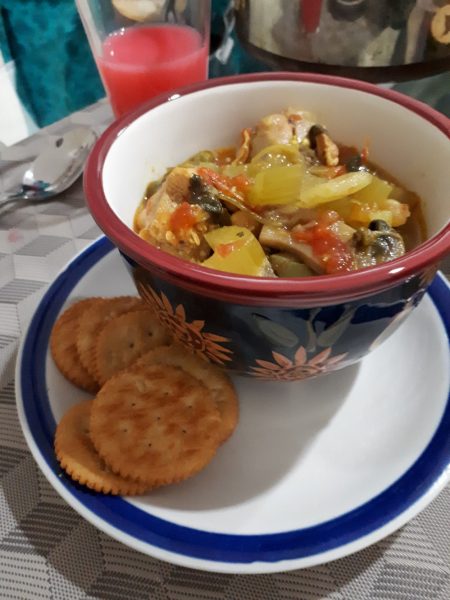
vegetable and chicken soup and crackers
As time went on the boys grew up into young men with their own busy schedules.
And things were not the same.
Sometimes there would be late evening classes at University so we would not all be together for Iftaar or dinner.
Then they had activities with their friends or the University student associations so they would be gone on some evenings to now start to make their own traditions.
Two years ago, one of them moved out to be closer to school.
So, last Ramadan we only saw him on the weekends.
Last Ramadan, our younger son was elated (and we were proud) to be selected for a research internship in the United States and so he left us on the 10th of Ramadan to be on his own for the rest of the summer.
I was sad last Ramadan.
It was only my husband and I and at times my mother who would have a simple iftaar of dates and water.
Even making the pink drink that I loved so much seemed like an unnecessary chore.
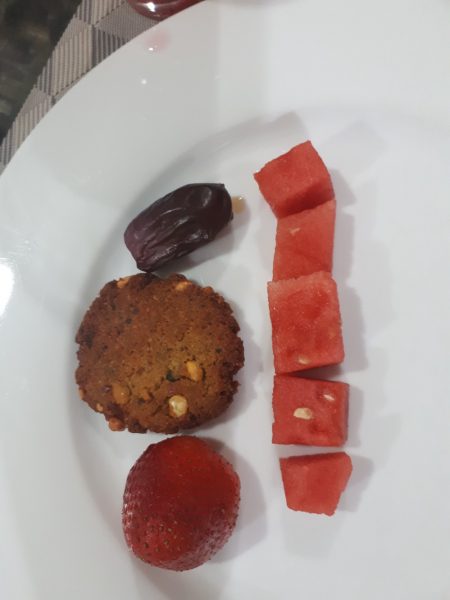
dates, dal wada (like a falafel) strawberry and watermelon
While many want to undo the starting of 2020 with plane crashes, escalating global tensions, gun violence, hate crime and a pandemic, Ramadan 2020 has been satisfying in my home.
I have both my boys back for Ramadan.
Social isolation and online University classes has brought them both back home.
We are eating together and praying together.
My husband has discovered Youtube cooking so I am getting pakoras & samosas for iftaar, although not part of my tradition, it has found a welcoming space on my dining table, while one of my sons dices and slices fruits beautifully and prepares iftaar.
Hubby is making unique desi (traditional South Asian) desserts while I make the meals.
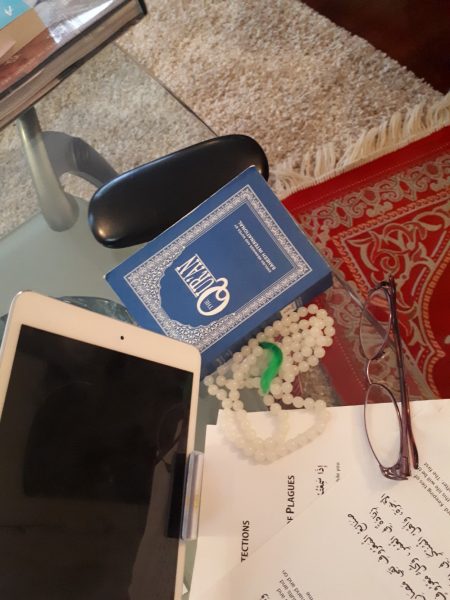
my space for prayer in my living room
With mosque closures,
I have had time to focus on the absolutely amazing plethora of online lectures and Quran tafseers (detailed understanding) by powerful speakers who would normally have been busy in their own communities.
Sitting in the company of these leaders and academics in my own living room has been spiritually expansive.
I am proud to be part of the City of Toronto that has given permission to allow the Maghrib Adhan (call to prayer) to be heard outside the mosque due to mosque closures as a result of the pandemic, and although I do not live in an area where I can hear it, I can hear it on twitter.
So hugging my children who are bigger and taller than me, seeing them at the table at suhoor and iftaar, and not taking the time to be concerned about what I will wear to an iftaar party, or feel the pressure of making food to share with neighbours (due to social distancing) in order to impress them, I am taking the time to reflect in the quiet seclusion of the floor of my living room, on my prayer mat with hands to the sky, praying for healthcare workers and all essential workers, my family, and for this disease to end, but focusing on how I can be better as a mother, as a daughter and a human being…and that is really what Ramadan is all about.
Written by
Shehna Javeed M. Ed.
Shehna is a higher education administrator and a 2019 TEDx speaker.
She has published articles with NACADA and presented at professional conferences
Do you see people for who they are | Shehna Javeed | TEDxUTSC
“Shehna Javeed is a life-long learner.
She is a higher education professional who works at the University of Toronto Scarborough as an academic & learning strategist.
For Shehna,
visibility and invisibility are impacted by intersectionality of race, culture, gender, socio-economic status and personal experiences.
She will reflect on her settlement experience as it intertwines with the stories of 3 UTSC students.
She will engage us on how we can do better to help others who are different from us.
This talk was given at a TEDx event using the TED conference format but independently organized by a local community.”
